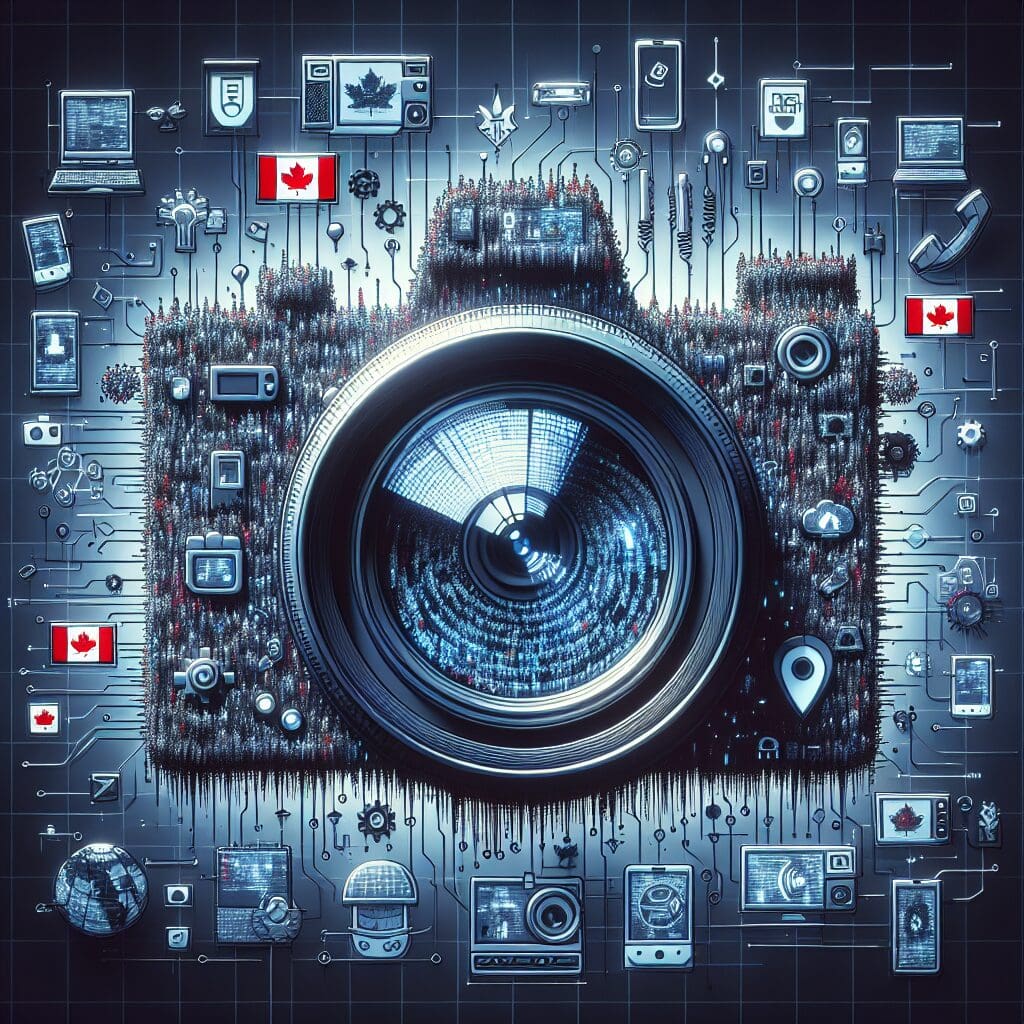Google and Samsung have a history of exchanging ideas. Recently, we highlighted the possibility of Galaxy phones adopting the Pixel 8’s AI wallpapers. However, the tables have turned, and now Google draws inspiration from Samsung.
According to Android Police, Google is working on a “Private Space” feature that allows users to hide apps on their phones, addressing a gap in Android’s native functionality. The feature appears to be taking inspiration from Samsung’s Secure Folder concept.
For Android 14 QPR2 Beta 2 users eager to explore the upcoming “Private Space” feature, a sneak peek into the settings reveals its location at Settings > Security & privacy > Private Space. It is worth noting that, as of now, the feature is not yet functional, indicating that Google is still refining and perfecting it before making it available to users.
However, a screenshot from Android Police provides a glimpse into the functionality and workings of Private Spaces, shedding light on the user experience that awaits once the feature is fully operational.
To set up Private Space, you need to create a new Android profile, which works similarly to a work profile, hitched to the primary user. When this private profile is locked (or paused), notifications from its apps stay hidden.
Locking the private profile can happen with the primary user’s usual PIN, pattern, password, or biometrics, or you can use a new set of credentials. To set up the private profile, signing in to a Google Account is a must. This lets you install new apps for the profile straight from the Google Play Store.
At the moment, you will spot the apps in the private profile at the bottom of the app drawer, not hanging out in a separate tab up top. Google is toying with the idea of letting you hop into the Private Space by typing “private space” in the launcher’s search bar. However, as of now, this trick has not quite mastered the art of working yet.
Since some aspects of this feature are currently non-functional, and several UI placeholders are scattered throughout the setup process, the final appearance of the showcased UI remains uncertain. There is a good chance that this feature is in the works for the upcoming Android 15 expected to launch next year.










